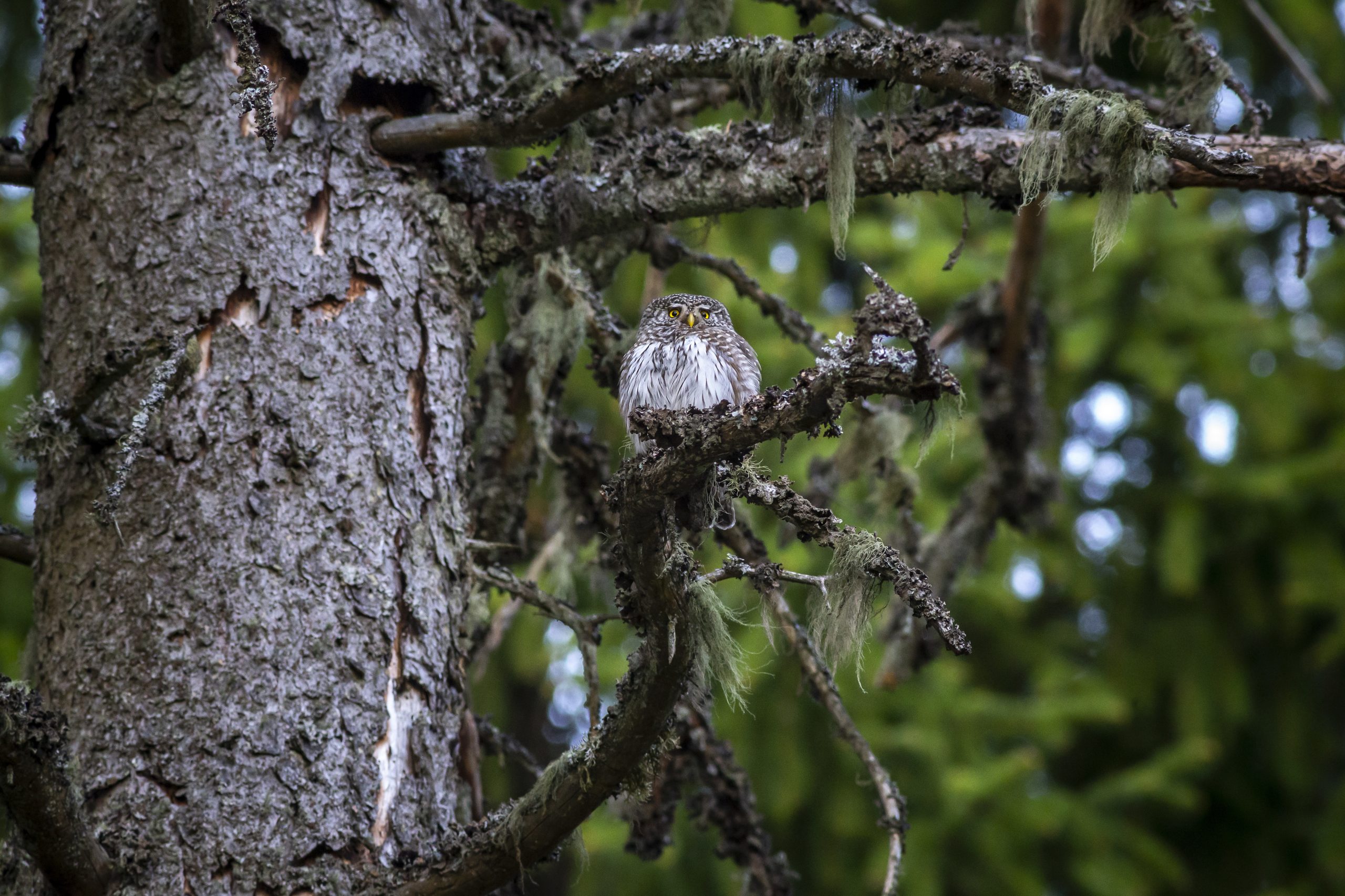Diseases that commonly affect trees should be of concern:

Diseases that afflict humans also impact trees. Some of these illnesses can only cause minor damage to your trees, while others can kill them if you do nothing. It’s possible that cutting down trees is the best solution. Even though you’ve lost a tree, you’ve prevented the illness from spreading further. Some of the most prevalent tree diseases and the extensive damage they may inflict if not treated quickly are described below.
- Apple scab:
Apple scab is a fungal disease that attacks apple trees, crab apple trees, pear trees, and mountain ash trees. Infected fruit and foliage eventually become brown and black, dying of the illness. Apple scab disease causes rapid decay and should not be consumed on diseased fruits. The illness manifests as a scab-like growth on the leaves, making it simple to spot. Apple scabs seldom kill trees but can ruin crops by causing fruit rot and leaf drop.
- Powdery mildew:
There is a fungal infection called powdery mildew, and it manifests as a white powdery substance on the leaves of affected trees. Mildew spores flourish in more relaxed, shadier areas with high humidity and poor ventilation. It’s unpleasant, but it won’t hurt if you let your tree go untreated for several years. Exposing your tree to lots of light and air will help prevent powdery mildew. While moist leaves are more susceptible to fungal infections.
- Anthracnose:
Anthracnose may affect various trees and plants, but it is particularly devastating to blooming dogwood and sycamore. Infected trees suffer harm to their branches, foliage, blooms, and ultimately their fruit from the disease’s fungal prime cause.
The symptoms of anthracnose do, however, differ between species. In some cases, this might make a diagnosis hard to make. Anthracnose is characterized by many symptoms, the most prevalent of which are an early leaf drop and the development of dense clusters of branches.
- Infections of the cankers:
Trees are susceptible to various canker diseases, including the pines, maple, and willow-targeting Cystospores canker.Diseases like canker, caused by fungus or germs, spread through infected sapwood and root. The tree’s transporting system will inevitably grow congested, cutting off its water supply and nutrition. The location of the canker determines whether or not the obstruction will result in the loss of the tree. The entire tree might suffer if it becomes entangled in it and wraps around the stem. Stressed trees (from climate change, animal grazing, human interference, etc.) are more vulnerable.
- Tar spot:
Disease caused by a fungus; tar spot is frequently observed on maple trees. Infected plants will have spots or streaks across their leaves that are either yellow or black and elevated, looking much like tar. Tar spot is usually only an annoyance, but it might be slightly stressful if it prevents leaves from photosynthesizing to their full potential. Removing sick leaves after they drop in the autumn is a helpful step in disease management, as is providing consistent care to your tree throughout the year to help it withstand environmental stresses.
Conclusion:
It is essential to ensure that you provide your trees with a steady supply of water, essential nutrients,and minerals if you want them to live long and healthy lives. Yet, tree diseases may negatively impact the tree’s appearance and vitality and, if left untreated, can even result in the tree’s death.
If you’re looking for any assistance with your trees, Aesthetic Tree and Hedge Services is here to help. They offer stump grinding, tree removal, pruning, topping, planting services, and many others.
